What is Confidential IPO Filing
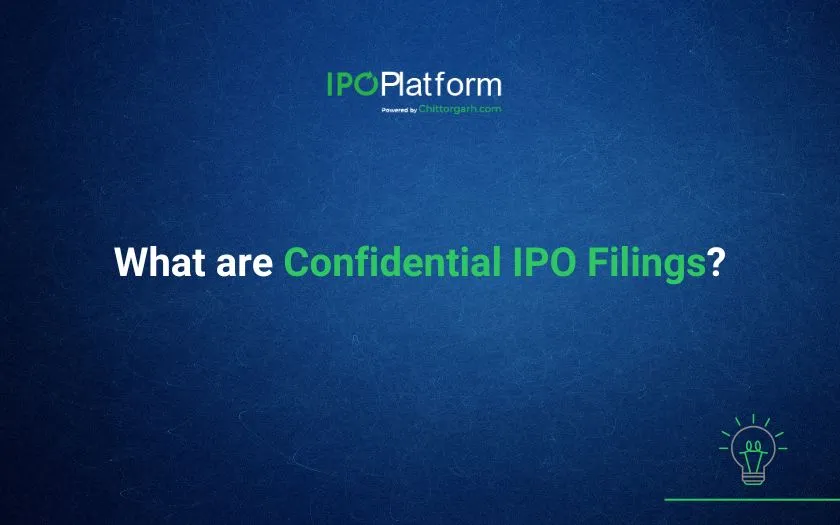
In recent times, several notable companies—including boAt (Imagine Marketing), Tata Capital, PhysicsWallah, Swiggy, Vishal Mega Mart have chosen to file for their IPOs via the confidential or pre-filing route with SEBI (Securities and Exchange Board of India).
This growing trend highlights the increasing adoption of the confidential IPO process.
Imagine Marketing (boAt IPO): boat has filed its confidential IPO papers with the Securities and Exchange Board of India (SEBI). It would be a combination of fresh Issue and Offer for sale.
Tata Capital IPO- Upcoming IPO, Tata Capital has also filed for IPO with SEBI via confidential route.
PhysicsWallah IPO: Online education platform has also opted for a confidential pre-filing route for its IPO.
Earlier, Swiggy IPO and Vishal Mega Mart IPO were listed basis the Pre filing route or confidential filing of IPO. Tata Play became the first Indian company to file confidential IPO papers with the Securities and Exchange Board of India (SEBI) in November 2022 though it withdrew its plan for IPO later.
OYO is also expected to file its IPO DRHP through pre filing route.
With more companies opting for this method, the confidential pre-filing process is gaining significant traction. So, what exactly is this route, and how does it differ from the traditional DRHP filing? Let’s understand this below.
List of IPOs which are recent confidential IPO Filings. To be noted that Swiggy and Vishal Mega Mart are already listed on the stock exchanges of India.
|
Name of company |
Status |
|---|---|
|
Pre filed DRHP filed with SEBI |
|
|
Pre filed DRHP filed with SEBI |
|
|
Pre filed DRHP filed with SEBI |
|
|
Pre filed DRHP filed with SEBI |
|
|
Listed |
|
|
Listed |
What are Confidential IPO filings?
Confidential filing of the Draft Red Herring Prospectus (DRHP) refers to a process wherein companies planning to launch Mainboard Initial Public Offering (IPO) submit their DRHP to the Securities and Exchange Board of India (SEBI) and the relevant stock exchanges (NSE and BSE) in a non-public or confidential manner.
This filing is known as the "pre-filed draft offer document" and is done in accordance with the provisions under Regulation 59C of the SEBI (Issue of Capital and Disclosure Requirements) Regulations (ICDR). The purpose is to enable regulatory review and feedback before the offer document is made available in the public domain.
Confidential IPO filings allow companies to keep sensitive financial and strategic information private during the initial review process with regulatory bodies, disclosing details to the public only when they are ready to proceed with the offering.
Background
SEBI introduced pre-filing of offer documents as an optional alternative mechanism for the purpose of Initial Public Offer (IPO) on the Main Board on November 2022. This alternative route is other than filing Regular DRHP on Stock Exchanges of NSE and BSE in India and it is
commonly called Confidential or pre filing Route available on Mainboard Exchange.
1. Why there was a need of confidential IPO filing?
- In case of regular filing of DRHP, the DRHP remains accessible to public for a longer period of time until it is approved by SEBI. The sensitive information disclosed in the DRHP remains open to the public and thus there is an apprehension in the mind of the Issuer that the peer competitors might take undue advantage of the information disclosed in the draft prospectus. Hence for the benefit of companies where sensitive information is most crucial, SEBI introduced the confidential route where DRHP is made public only once it is approved by the SEBI.
- Globally UK, Canada and US permit pre-filing of the offer document for review by the regulatory authorities. Pre filing facilitates disclosure of an information rich document for investors to be available to public at a proper time when the Issuer is ready to go for listing.
2. How is it different from regular filing of DRHP?
The key difference between confidential and regular DRHP filing lies in public disclosure:
- In regular filing, the DRHP is immediately made available to the public upon submission to SEBI and the stock exchanges. It is hosted on respective websites for public review and feedback.
- In confidential filing, the DRHP (as a pre-filed draft offer document) is not disclosed to the public at the initial stage. It is first reviewed by SEBI and stock exchanges privately, and only after incorporating regulatory observations, an updated draft red herring prospectus (UDRHP-I) is filed, which is then made public.
Difference Between Regular (Existing) DRHP filing and Pre-Filing of DRHP (Confidential DRHP)
|
Criteria |
Existing DRHP Filing |
Pre-Filing of DRHP (Confidential DRHP) |
|---|---|---|
|
Definition |
A publicly filed Draft Red Herring Prospectus, available for public comments |
A privately filed DRHP, not immediately disclosed to the public |
|
Public Disclosure |
Made available on SEBI, Stock Exchange, and Lead Manager’s websites |
Not publicly available at the time of filing |
|
Objective |
Full transparency from the Beginning of the IPO Process |
Maintain confidentiality during early review process |
|
Publicity and Marketing |
Permitted from the date of filing of DRHP |
Not permitted. Limited marketing permitted to know the interest of QIBs. |
|
Compliance with all ICDR Requirements at the time of filing of draft offer document |
Issuer need to comply with ICDR Requirements at the time of filing of draft offer document DRHP (to the extent applicable) |
Pre Filing of DRHP to be in compliance with ICDR Regulations (to the extent applicable) with flexibility/ exemption in following until receipt of SEBI’s observations. |
|
Validity of SEBI Observations |
The Issue to be open within 12 months from the date of SEBI’s observation. |
The Issue to open within 18 months from the date of SEBI’s observation, provided UDRHP-I is filed within 16 months. |
|
Applicability of Schedule XVI |
Applicable from the date of filing of DRHP |
Applicable from the date of issuance of SEBI Observations on pre-filed document. |
3. Why do companies opt for confidential filing?
Companies may prefer confidential filing of DRHP for several strategic and practical reasons:
- Regulatory Feedback Before Public Disclosure: It allows companies to receive SEBI’s observations and make necessary changes before disclosing sensitive business and financial details to the public.
- Flexibility in Timing: Companies can align their public IPO timeline with favourable market conditions without public pressure.
- Confidentiality of Strategic Plans: It helps keep strategic information confidential during the review period, especially in competitive industries.
- Optionality: Filing confidentially does not bind the company to proceed with the IPO. It can withdraw the process without public scrutiny if market conditions are not favourable.
4. What is the procedure for confidential filing of DRHP?
The procedure for confidential filing is as follows:
- The Issuer company, through its lead manager(s) (merchant bankers), must submit three copies of the draft offer document to SEBI, along with the applicable fees (as per Schedule III).
- The draft must be prepared in accordance with Schedule IV of the SEBI ICDR Regulations.
- Simultaneously, the Issuer must also file the pre-filed draft offer document with the stock exchange(s) where it proposes to list its securities. The Draft so filed is not made public.
- Receipt of SEBI observation
- Filing UDRHP–I (Updated Draft Red Herring Prospectus) with SEBI after incorporating SEBI observations. UDRHP-I is made public.
- Filing of UDRHP-II with SEBI after incorporating public comments. UDRHP-II is not available at public domain
- Filing of RHP with RoC and SEBI
- Issue opening and closure
- Filing of Prospectus with SEBI
5. What documents are required to be submitted with the offer document?
The Issuer and the lead manager must submit the following:
-
Promoter Details:
- For individual promoters: Permanent Account Number (PAN), bank account number, and passport number.
- For corporate promoters: PAN, bank account number, company registration number (or equivalent), and details of the Registrar of Companies where the entity is registered.
-
Documents from Lead Manager(s):
- A certificate confirming the execution of an agreement between the issuer and the lead manager(s).
- A due diligence certificate (Form AA, Schedule V).
- If the Issue includes convertible debt instruments, a due diligence certificate from the debenture trustee (Form B, Schedule V).
- An undertaking from both the Issuer and the lead manager(s) confirming that no marketing or advertising activities will be conducted for the IPO.
- A declaration that all public communications during this period are in line with past practices.
6. Is there any public communication permitted regarding the confidential DRHP?
Yes, but it is limited and non-promotional. Within two days of pre-filing the DRHP:
- The Issuer must publish a public announcement in:
- One English national daily,
- One Hindi national daily, and
- One regional language newspaper at the location of the company's registered office.
- This announcement must only confirm the submission of the pre-filed draft offer document and clarify that it does not imply the company will necessarily proceed with the IPO.
7. What is the timeline for SEBI’s review of the offer document?
SEBI shall review the pre-filed draft offer document and may give its observations or request changes within 30 days from the latest of the following dates:
- Date of receipt of the pre-filed draft offer document.
- Date of satisfactory response from the lead manager(s) if SEBI seeks clarifications.
- Date of information received from other regulators or agencies.
- Date of receipt of in-principle approval from stock exchanges.
- Date of completion of interaction with Qualified Institutional Buyers (QIBs) as per Regulation 59D.
- Date of notification about conversion of convertible securities as per Regulation 59E.
After incorporating SEBI’s feedback, the issuer must file an Updated Draft Red Herring Prospectus-I (UDRHP-I).
8. When is the document made available to the public?
The UDRHP-I is made public after SEBI’s review and incorporation of comments. Key steps include:
- The UDRHP-I is hosted for at least 21 days on the websites of:
- The Issuer,
- SEBI,
- The stock exchanges,
- The lead manager(s).
- Within 2 days of filing, the Issuer must publish a public notice in the prescribed newspapers, inviting the public to review and provide comments on the disclosures made in the UDRHP-I.
- All public communications, advertisements, and research reports during this period must comply with SEBI (ICDR) Regulations and Schedule IX.
9. What kind of activities are allowed or restricted after confidential filing of the DRHP?
The following activities are restricted or regulated post-filing:
Restricted:
- The Issuer and lead manager(s) must not engage in marketing or advertisement for the IPO during the review phase. That implies that it cannot engage in marketing on filing Pre filed DRHP. Marketing activities shall start after filing of UDRHP-I.
Permitted (with conditions):
- The Issuer may conduct limited interaction with Qualified Institutional Buyers (QIBs) for market feedback.
- This interaction must be strictly based on the information contained in the pre-filed draft offer document.
- The Issuer must prepare and submit to SEBI a list of QIBs it has interacted with during this period.
These measures ensure confidentiality, prevent premature market influence, and maintain regulatory integrity during the IPO process.
Conclusion on Confidential DRHPs
Once a company fulfils the IPO Eligibility criteria it has to file DRHP with respective stock exchange of India to be able to get an in principle approval for listing. SEBI has provided an alternative mechanism where IPO prospects can choose to follow confidential IPO route to filing.
With the introduction of the confidential pre-filing route in November 2022, SEBI has provided Indian companies with a strategic and flexible alternative to the traditional IPO process. This route empowers Issuers to engage with regulators and refine their draft offer documents privately—protecting sensitive business information and allowing better control over IPO timing.
As companies continue to operate in dynamic, competitive environments, the confidential IPO process offers a compelling advantage: it balances regulatory compliance with business confidentiality.
By aligning with global best practices and catering to the evolving needs of modern businesses, SEBI’s confidential route is a timely innovation, reinforcing transparency, efficiency, and Issuer confidence in India's capital markets.

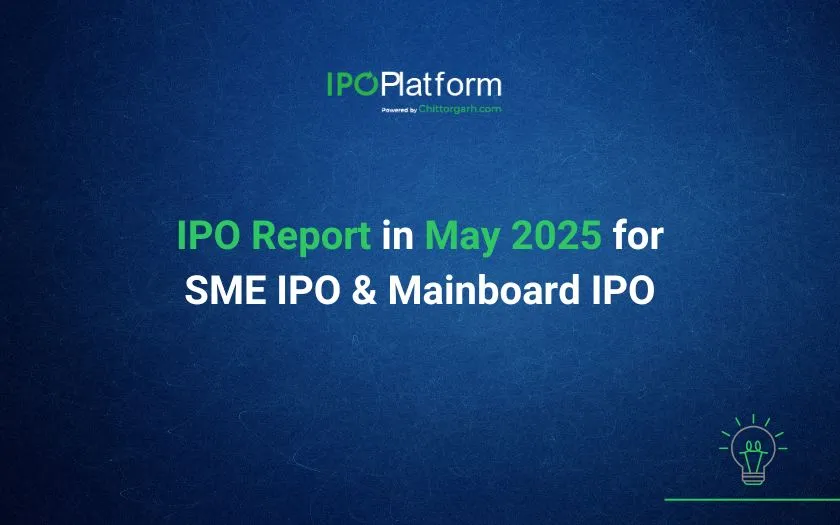
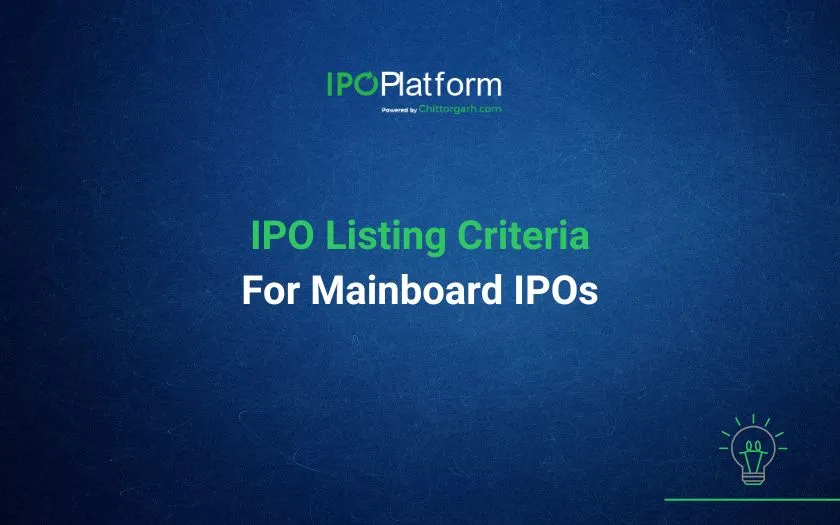
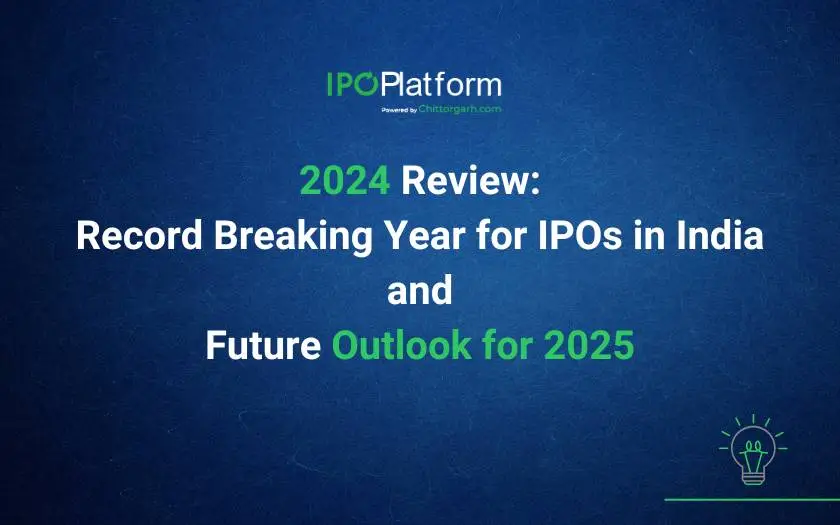
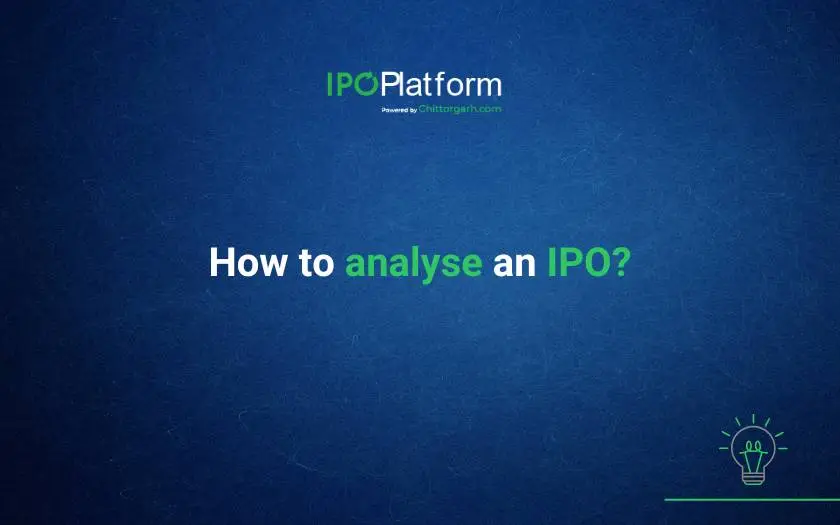
0 Comments